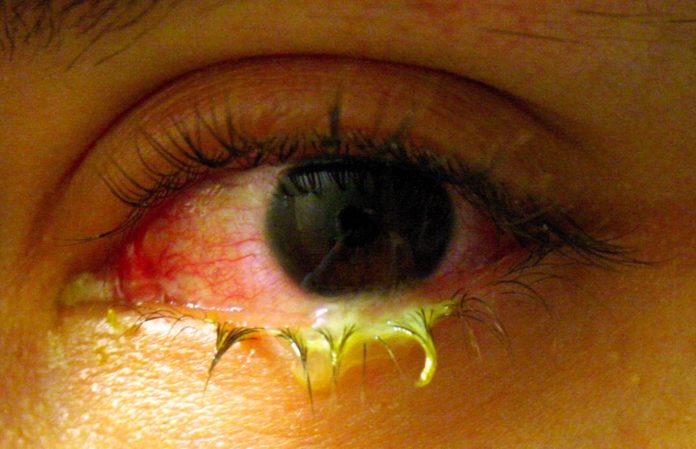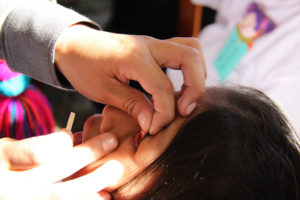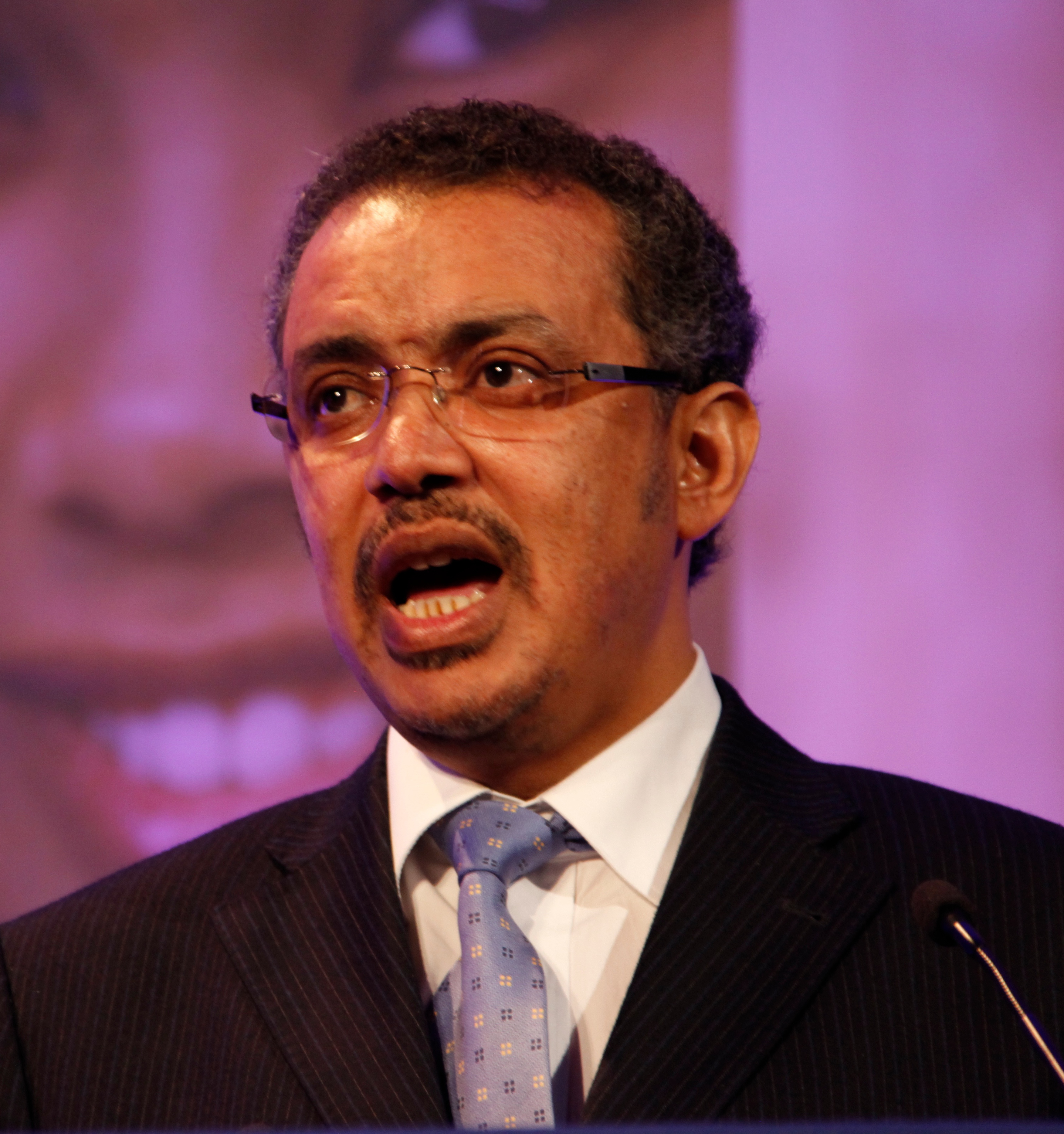
This infection of the eyes was the most important cause of blindness in India
 India has eliminated trachoma, a chronic infective disease of the eye and is the leading cause of infective blindness globally. The National Trachoma Prevalence Surveys and the Trachoma Rapid Assessment Surveys conducted by experts from the All India Institute of Medical Sciences found an overall prevalence of 0.7%. The WHO limit for elimination is 5%.
India has eliminated trachoma, a chronic infective disease of the eye and is the leading cause of infective blindness globally. The National Trachoma Prevalence Surveys and the Trachoma Rapid Assessment Surveys conducted by experts from the All India Institute of Medical Sciences found an overall prevalence of 0.7%. The WHO limit for elimination is 5%.
Trachoma is a disease of poor environmental and personal hygiene and inadequate access to water and sanitation. It affects the conjunctiva under the eyelids. Repeated infections cause scarring leading to in-turning of the eyelashes and eyelids. This further causes damage to the cornea and blindness. It affects the population in certain pockets of the States of North India like Gujarat, Rajasthan, Punjab, Haryana, Uttar Pradesh and Nicobar Islands. Trachoma infection of the eyes was the most important cause of blindness in India in 1950s and over 50% population was affected in Gujarat, Rajasthan, Punjab, and Uttar Pradesh. It was the most important cause of corneal blindness in India, affecting young children.
Health minister J P Nadda said that the survey results show that active trachoma is no longer a public health problem in India.
Describing it as a “momentous achievement”, health minister J P Nadda said that the survey results show that active trachoma is no longer a public health problem in India. “We have met the goal of trachoma elimination as specified by the WHO under its GET2020 program, he said. This has been possible due to decades of inter-sectoral interventions and efforts that included provision of antibiotic eye drops, personal hygiene, availability of safe water, improved environmental sanitation, availability of surgical facilities for chronic trachoma, and a general improvement in the socio economic status in the country,” he said.
The surveys were conducted in 27 high-risk districts across 23 states and union territories. Trachoma Prevalence Surveys were done in 10 districts selected from the previously hyper-endemic states. Under the survey, 19662 children in 1-9 year age group were examined by trained ophthalmologists. As many as 44135 persons were examined among the 15yr+ age group. The Trachoma Rapid Assessment Surveys (TRA) was done in 17 other districts from other parts of the country in places where trachoma cases have been reported, which were not previously hyper-endemic.













